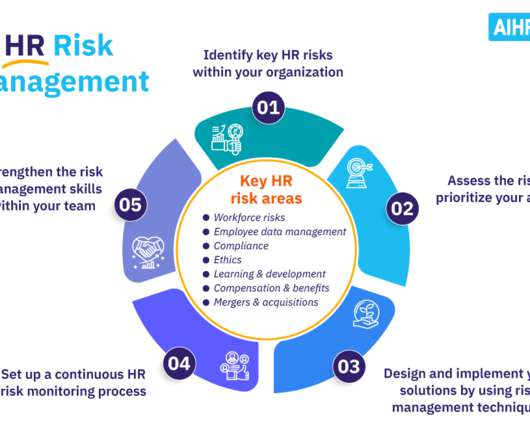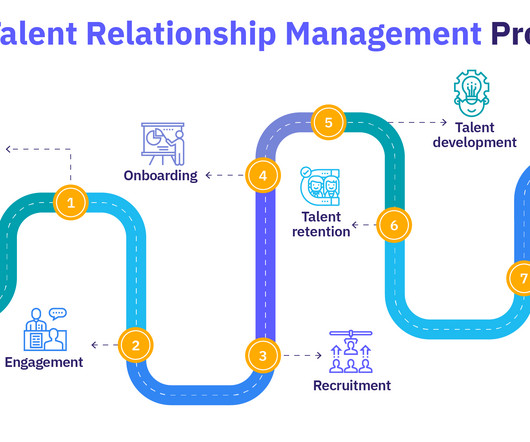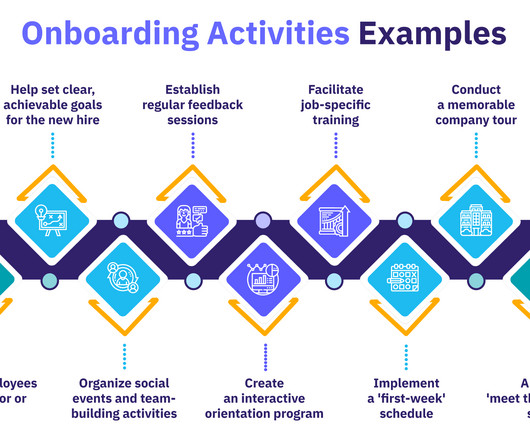9 Trends in Talent Management That Drive Better Retention and Growth
Hppy
JANUARY 8, 2025
This shift has placed more focus on methods that boost engagement and lower turnover. Image by Artem Podrez on Pexels The Changing Role of Talent Management in Modern Organizations As businesses grow more complex, the way companies handle hiring, retention, and development has transformed.























































Let's personalize your content